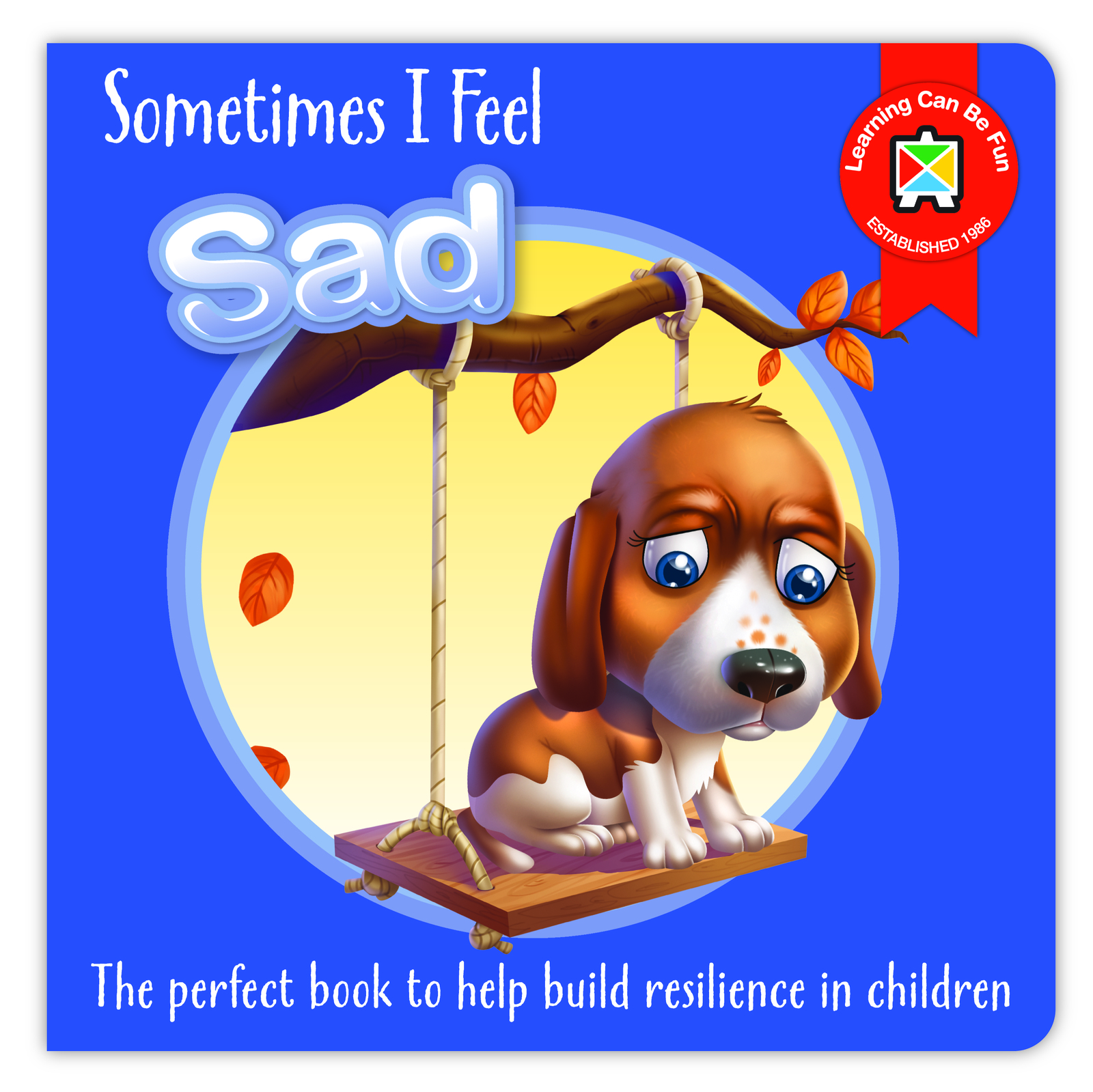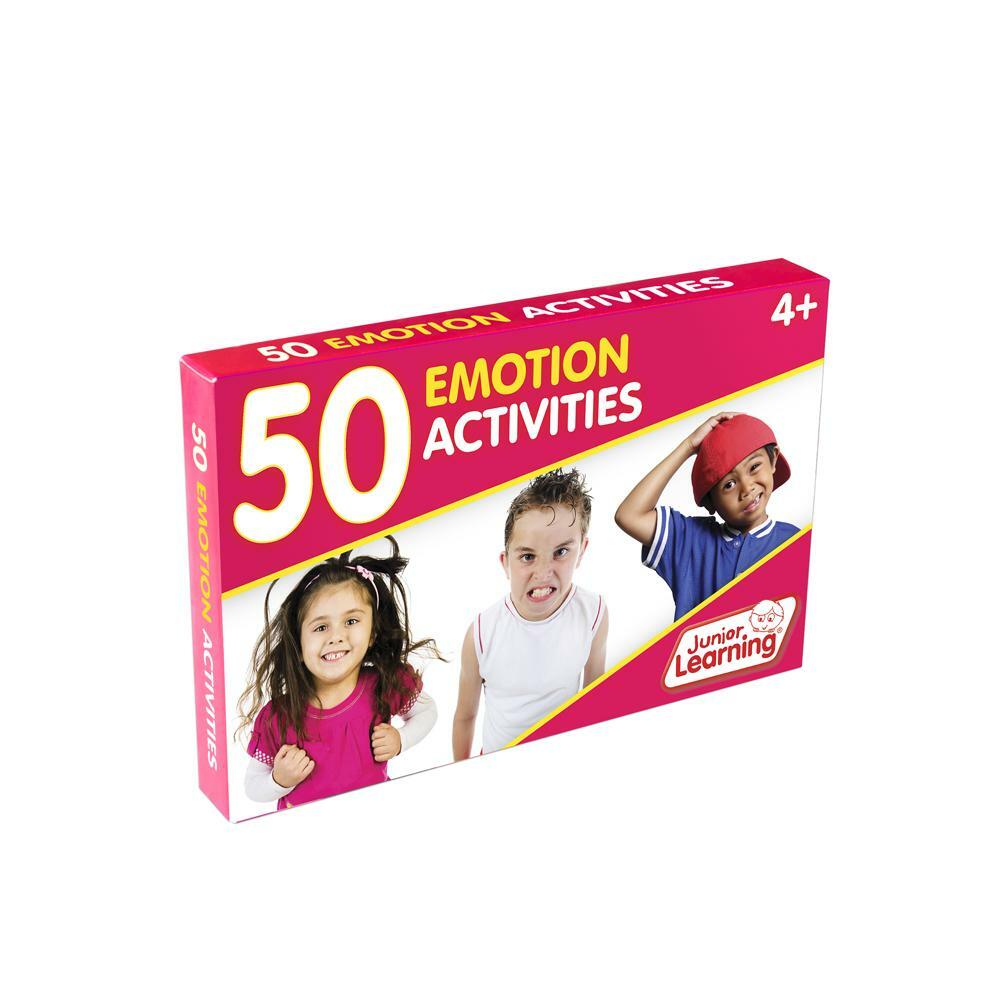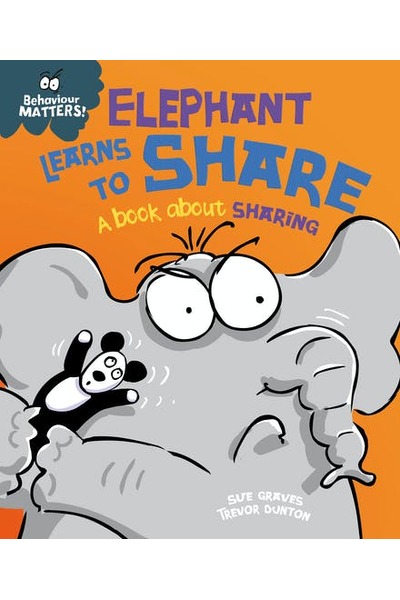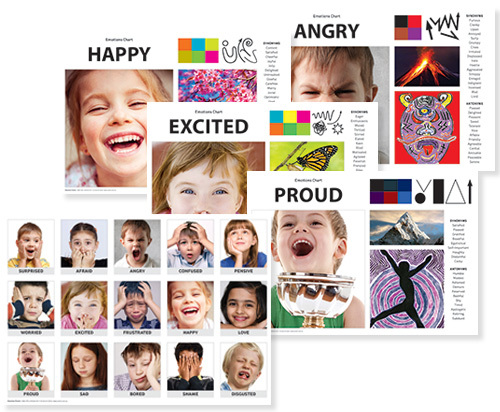5 Resources for Understanding Emotions

It is important for children to learn to understand, accept and work through emotions. Developing these skills helps children build resilience, empathy and the ability to communicate effectively with others. Here are five resources for understanding emotions and equipping children with the life skills they need.
1. Sometimes I Feel

The simple-to-read books in this series help teachers, parents and guardians begin important life discussions with children. Often children struggle to find the right words to communicate how they feel, but these books are designed to build the necessary vocabulary and education to manage life's little moments.
2. 50 Emotion Activities

These double-sided activity cards teach children how to identify and express different emotions using interactive tasks such as art, music, dance, acting and group work. As children progress through the activity they will develop new vocabulary and techniques to deal with emotions.
Shop Now: 50 Emotion Activities
3. Behaviour Matters

These fun storybooks are perfect for sharing with children as a gentle means of discussing their emotions, boosting self-esteem and reinforcing good behaviour. They also support the Personal, Social and Emotional Development Area of Learning in the Early Years Foundation Stage.
4. Emotions Art and Language Charts

These 15 charts are designed to assist in the development of emotional literacy, with each chart focusing on an emotion which is shown on a child's face: surprised, sad, happy, frustrated, love, proud, disgusted, excited, afraid, angry, confused, pensive, worried, bored and shame. The emotion is then explored through language (synonyms and antonyms), how it may be depicted in the environment and expressed though art (colour, line and a child's artwork).
5. Emotions Dominoes

Each of these 28 domino tiles contain photo of a face on the left hand side and an illustrated face icon on the right. Children can play by matching the icon to the corresponding human expression. These dominoes provide a hands-on, interactive way for children to learn to read and identify emotions.
Leave a comment
Recent Blog Posts
- Boosting Your Child's Reading Skills: Easy Intervention Strategies
- Cultivate Growth Mindset: Nurturing the Power of Effort and Perseverance
- Gamify Learning: Ignite Engagement and Motivation with Interactive Games
- Top 10 Tips for Exploring Science at Home
- Enhance Your Child's Maths Skills with Teacher Superstore's Maths Resources: A Guide for Parents
- Integrate Technology: Transforming Classrooms with Digital Tools
- Homework Help 101: Effective Tips for Parents
- Use Formative Assessments: Guiding the Student Learning Journey Through Timely Feedback
- Creating a Positive Learning Environment at Home: Tips for Parents
- Embrace Project-Based Learning: Unleashing Student Potential in a Real-World Context
View All Posts
General
Help Topics
- Browsing and Buying
- Member Benefits
- Shipping and Delivery
- International Shipping
- Payment and Billing
- Returns Policy
Legal
View All Posts

